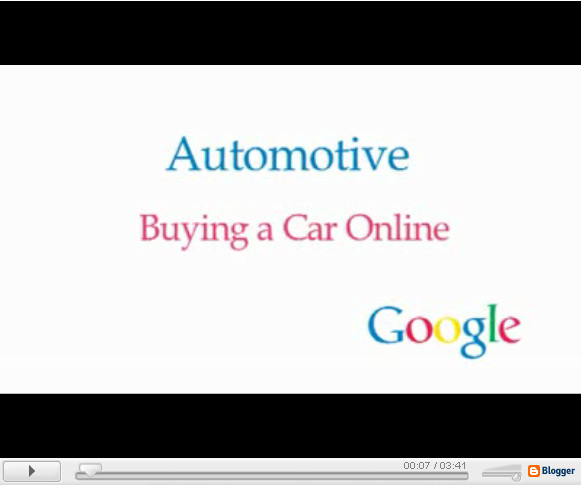The North American International Auto Show, Detroit’s annual showcase of the most breath-taking offerings from the automobile industry, has been underway for about a week and a half but the public segment of the convention kicked off this weekend. As you would expect, many attendees who are also inside the Internet have been posting about some of their favorite exhibitions on various websites. Glimpse below some tweets, pics, YouTubes, and Flickrs of what people have seen and shared from NAIAS.
I gotta say, in some of these YouTube videos, with the way some of these cars were presented onstage at NAIAS, you’d expect these cars to commence with a pole dance while car aficionados approach the stage and stuff $2 bills into the car’s hubcaps. No wonder everybody gets excited about this stuff. Anyways, check out some previews of the 2012 NAIAS gathering below.
The @SmarCarUsa For-Us urban pick-up includes built-in rack and chargers for eBikes #smart #NAIAS http://t.co/KP5LPYSx
The Shelby Super Snake 50th anniversary edition is revealed. 800hp in top tune. #NAIAS http://t.co/UzInTcYt
Still another of my faves #naias http://t.co/H7NPQmV1
And, some @PureMichigan luv at #naias in Detroit! http://t.co/qJ9Qse6Z
Probably my favorite car from the #AutoShow http://t.co/WEIbTaMA
The 2012 #Porsche 911 Carrera Cabriolet revealed at #NAIAS: http://t.co/u8PJ29jm
It’s pretty cool to see Ford pay for non-auto industry bloggers to come to #naias to learn about their new lineup. http://t.co/OJqSrOqD
I don’t know if I’ll be able to wear a hat to #NAIAS tomorrow… That sucks because a hat is MY STYLE. #HatsAreForEveryOccasion
Such a sick ride. Edsel Ford’s 1934 Model 40 Special Speedster #ford #naias http://t.co/0o6zqetn
First 1983 Accord marks 30 yrs US production, on display #NAIAS Detroit. Ready 4 news conf tmrw! http://t.co/FvqAMqQH
“I like the car with the butterfly doors!” #naias #shitalisays
The #ford #fusion was my favorite #NAIAS reveal! What was yours?! #fordNAIAS http://t.co/WY0yPcIO
2013 Dodge Dart (my next car) at the #naias http://t.co/HPQH6PEg
Edsel Ford’s 1934 Model 40 Roadster at #naias @ NAIAS 2012 http://t.co/xMlyTI8S
The 2012 #Porsche 911 Carrera Cabriolet revealed at #NAIAS: http://t.co/u8PJ29jm






















 "New low-cost, low power IC solutions were introduced at CES 2009," says iBiquity Digital. "Since that technical breakthrough, many new portable products have been committed for launch into the consumer market, several of which are currently available, with additional new models on display at CES 2010."
"New low-cost, low power IC solutions were introduced at CES 2009," says iBiquity Digital. "Since that technical breakthrough, many new portable products have been committed for launch into the consumer market, several of which are currently available, with additional new models on display at CES 2010." 